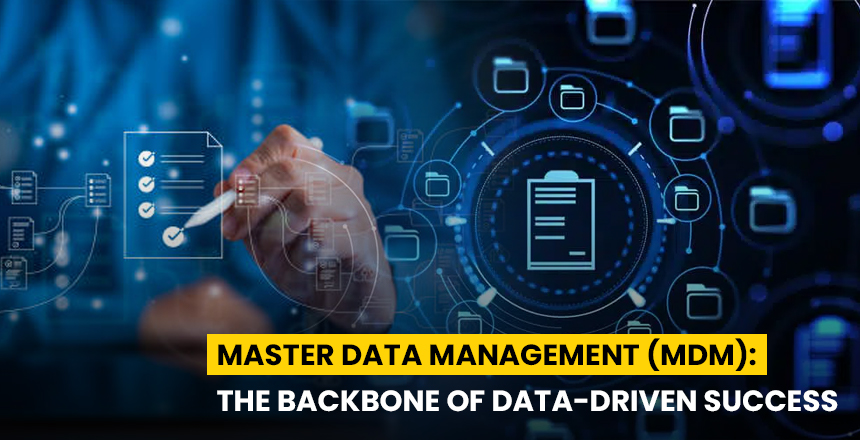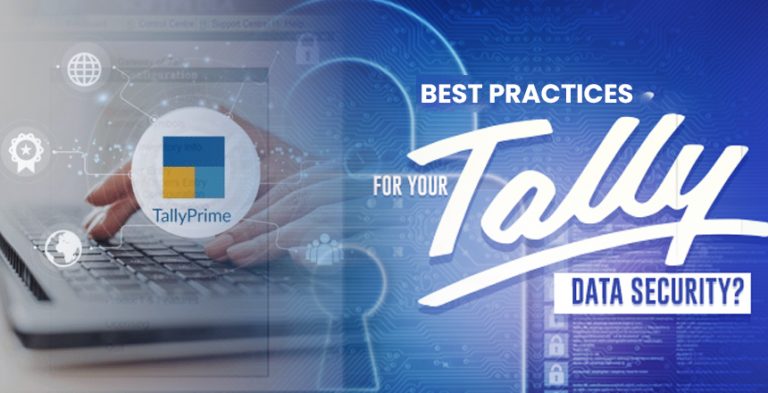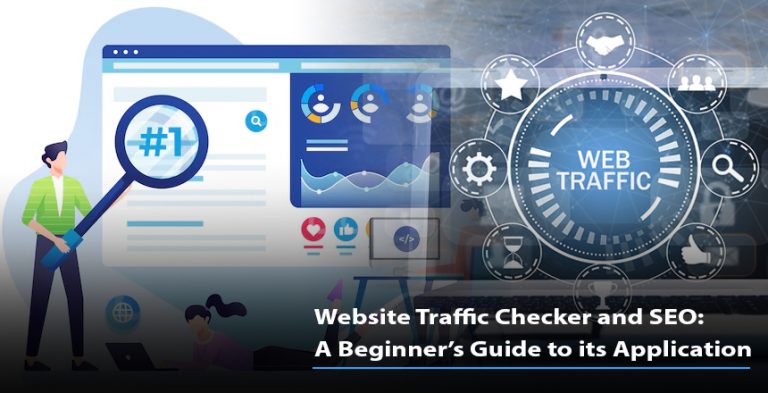In the present day overpowered by data, it is the proper and coherent data that companies
mostly depend on for their decision-making processes, to upgrade customer experience, and to
streamline operations. Master Data Management (MDM) has become the prime discipline in this
field, giving the ability to the organizations to manage their most critical data assets effectively.
This article outlines the necessity of MDM, advantages, principal elements, and how it assists
organizations in sailing through data management problems that are faced in the contemporary
world.
What is Master Data Management (MDM)?
Master Data Management is the procedure of preparing, preserving, and controlling a unique,
consistent, and trusted source of truth for the master data of an organization. Master data is
concerned with the primary data entities that are vital for business activities, such as:
- Customer Data: Names, contact information, preferences.
- Product Data: Descriptions, SKUs, pricing, and specifications.
- Vendor Data: Supplier details, contracts, and performance metrics.
- Employee Data: IDs, roles, and organizational hierarchy.
MDM is the means by which this data is kept exact, current, and common across all
departments and systems, and it also eliminates redundancy and inconsistencies.
Why is MDM Important?
Data can get really disorganized when it is scattered across a web of systems, apps, and
databases, resulting in fragmentation and errors. For instance, if you are using inconsistent or
inaccurate data in your decision-making, that could lead to the operational problems and an
unpleasurable experience for your customers.
MDM is a solution that is focused on these issues through the following processes:
- Data Quality Improvement: Is the data accurate, complete, and consistent? Ensure that the
data is. - Decision-Making Improvement: Offer reliable data to analyses and reports.
- Operations Streamlining: Cut redundancies and improve collaboration.
- Compliance Assurance: Be compliant with regulations including GDPR, HIPAA, or CCPA.
- Innovation-Led: Walking the digital transformation path and data-driven strategies.
Key Components of MDM
- Data Governance: It creates the standing instructions, policies, and procedures that
developers are to follow when examining data across its lifecycle. - Data Integration: The process of combining different data within a single view, which
guarantees the availability of consistent and accessible data. - Data Quality Management: Figuring out the challenges with data such as duplicates, and
errors, and offering solutions. - Master Data Hub: A central database that retains, controls, and also interconnects master
data. - Workflow Automation: The reduction of manual errors by simplifying processes such as data
entry, validation, and updates of the system. - Data Security: The mechanism of shielding confidential master data from being accessed and
breached unlawfully.
These components together are what give a solid and comprehensive structure for the efficient
confrontation and management of all data issues.
Benefits of Master Data Management
- Operational Efficiency Increase: Centralized data management is the tool to eradicate silos,
join workflows without effort, and cut down on duplication of actions. - Customer Experience Enhancement: Consistent and reliable customer data enables
ORGANIC CONNECTIONS and a basis for TRUST. - Improved Decision-Making: Data trustworthiness acts as a stabilizer for analytics, forecasting,
and strategy development. - Compliance with Regulations: Guarantees that privacy of the data and security are not
violated, thus the company reduces the incidence of legal fees. - Cost Savings: MDM, particularly with the decrease of mistakes, redundancies, and ineffective
procedures; thus operational costs are lower.
In retail examples, a product unification can be done by MDM across the channels, thereby
ensuring that the customers get the right information about the product both online and in-store
which naturally leads to their satisfaction and loyalty.
MDM Implementation Best Practices
To implement the Master Data Management (MDM) project successfully, a strategic approach
and careful planning are essential:
- Define Objectives: Be specific about the goals and the range of your MDM initiative.
- Secure Leadership Support: Get the commitment and resource subscribing from the top
executives. - Establish Data Governance: Devise a governance framework that has the precise roles and
the assignments. - Choose the Right Technology: Configure an MDM solution that corresponds with your
organization’s requirements and dimensions. - Engage Stakeholders: Collaborate every department in the planning and execution of the
process for assurance alignment. - Monitor and Optimize: Keep on measuring performance indicators and fine-tune processes
for enhancement.
Challenges in MDM
Although it has advantages, the setup of MDM can be difficult. The most frequent challenges
are:
- Data Silos: The integration of various systems and databases.
- Cultural Resistance: The need of breaking the resistant attitude of employees and
departments towards changes. - Data Volume and Complexity: The task of handling large amounts of varied data.
- Cost and Time: The initial high investment and the length of the implementation period.
Firms are required to tackle these by exercising strong leadership, having a precise plan, and
utilizing correct tools.
The Future of MDM
With companies consistently depending on data-driven records, MDM is changing to the new
demands. The latest developments in MDM are as follows:
- Artificial Intelligence (AI) and Machine Learning: The ability to perform data quality checks
and predictions automatically. - MDM on Cloud: The possibility of scaling and flexibility for remote teams where they could
manage the MDM system via the web with the help of a cloud solution. - Real-Time Data Management: This allows instant updates and synchronization.
- Data Democratization: Master data is made available to non-technical users through
easy-to-use tools.
These features of the products assert that MDM is still an essential enabler of innovation and
the best competitive advantage.
Conclusion
MDM is not just a tool; rather, it is a way of looking at the whole problem of the data, which is
the most fundamental asset of the organization. The business can now make correct decisions,
enhance the quality of services, and become pioneers in a more and more data-driven world by
namingly discussing the data quality, consistency, and accessibility, that MDM provides.
The point of sale of MDM is not only the treatment of the data. Instead, it is the framing of a
strong base for both the increasing block of profits and the resultant success.








